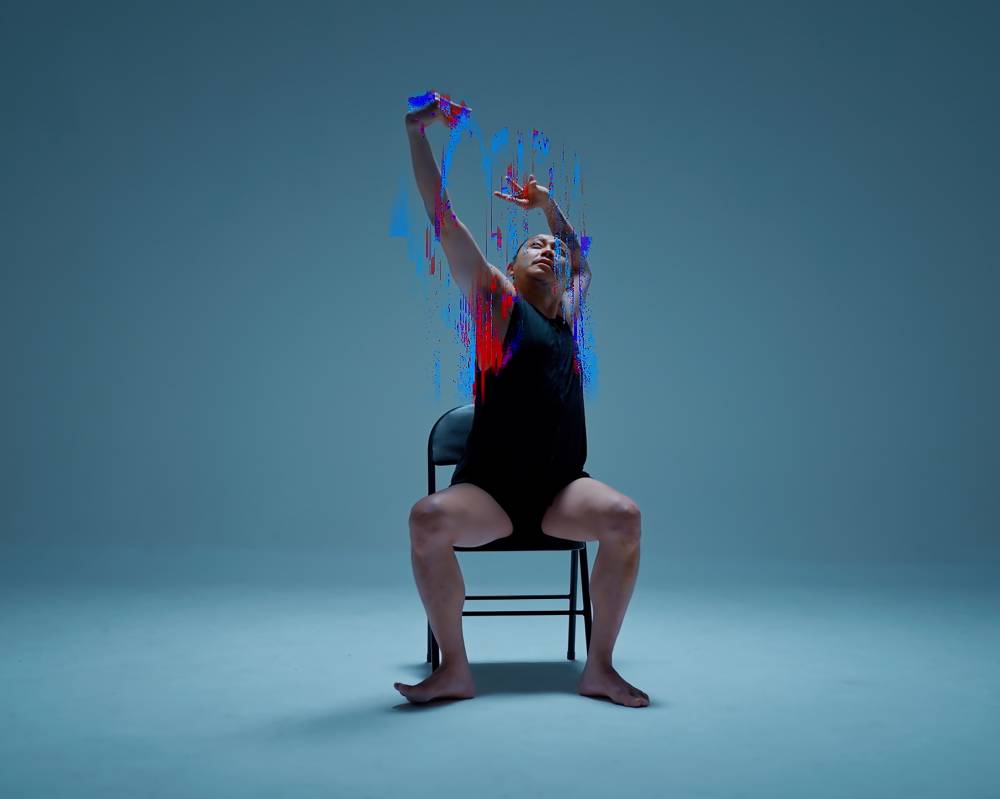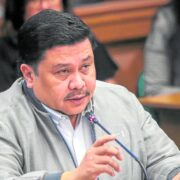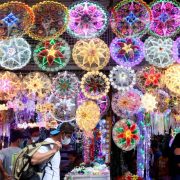Dance as a fun way to manage Parkinson’s

People with Parkinson’s disease (PD) often face a significant delay in starting effective exercise programs. Several factors contribute to this procrastination, including denial or lack of self-acceptance, absence of clear guidance, and the initial effectiveness of medication in easing symptoms.
However, early and frequent exercise has been shown to significantly improve outcomes for individuals with PD.
That said, dance can be a powerful tool for healing. Neuroscience studies show how dance can positively impact the brain of individuals with neurological conditions, improving motor function, cognition, and mental health. PD doesn’t deteriorate muscles; it hinders the brain’s ability to send signals to them.
Ilonggo choreographer Novy Bereber’s organization, the Bereber Sayaw PD (BSPD), seeks to reestablish this connection, allowing individuals to retrain their brains and regain control of their movements.
By combining dance, music, and social interaction, this approach aims to improve motor function, balance, and overall quality of life. To get this message across, BSPD recently underwent a rebranding and relaunch at the Marriott Manila.
The event, spearheaded by Brand Worx Inc., aimed to raise awareness about the therapeutic benefits of dance in managing PD and to invite the public to support the cause. BSPD’s group activities are designed to engage patients, caregivers, and families, fostering a sense of belonging and community.
Brand Worx CEO Jose “Nikky” Nicandro cited the importance of involving local government units and healthcare professionals in this movement. The agency enlisted individuals from various fields to amplify the message.
United States-based neurologist Dr. Reiner See endorsed BSPD to the Mobility Disorder Society of the Philippines, while international DJ and music producer Joselito “Toy” Angsico composed an anthem for dance and PD.
A video produced by SickLab Studios showcased Bereber’s expressive gestures, conveying the emotional journey of Parkinson’s patients—from sadness and doubt to hope, joy, and courage.
Improving mobility
Bereber began to dance under the tutelage of Osias Barroso at Ballet Manila. He subsequently spent nine years as a performer with Ballet Philippines. Recognizing his choreographic talent, the Cultural Center of the Philippines’ (CCP) Arts Education Department invited him to conduct workshops. Bereber then became a regular choreographer for the Gawad Buhay Awards, other CCP projects, and Cinemalaya film festival galas.
After a stint in Australia pursuing fashion, he returned to dance. In 2014, he landed the lead dance role in the Australian production of “The King and I” topbilled by Lou Diamond Phillips and Jason Scott Lee. A pivotal moment came when, weary of the daily grind, Bereber sought divine guidance. At the Sydney Opera House, he stumbled upon an announcement for a class teaching individuals with PD.
Under the tutelage of Erica Rose Jeffrey, founder of Dance for Parkinson’s Australia (DPA), and David Leventhal, program director for Dance for PD in New York, Bereber adopted their people-centric approach, addressing them as “dancers” rather than patients. He began teaching contemporary dance in studios and dance therapy for PD patients in various centers, eventually becoming a senior teacher for Dance for PD.
Bereber’s approach, incorporating live music and imaginative movements, transformed the lives of his students. “They didn’t feel as if they were in therapy. It’s a negative connotation,” he says.
He recalls a particularly inspiring case: “There was this Australian patient on a wheelchair who, in the initial months, merely observed the class. After three months, he began moving his head and fingers to the music and started to smile. Within eight months, he could stand up from the wheelchair, and after a year, he was walking across the floor.”
Challenges
Harvey Chua, a staunch supporter of People with Parkinson’s Disease Philippines, often organized dance classes for patients whenever Bereber visited the Philippines. He continued his advocacy even during the challenging lockdown of 2020 in Sydney. While caring for his husband, Ignatius Jones, who had suffered a fall, Bereber launched BSPD, a virtual community for Parkinson’s patients to engage in dance-based exercises.
After nearly two decades in Sydney, Bereber returned to Iloilo City with his husband and established a Pilates studio. With the support of Museo Iloilo, he secured a free space to conduct dance classes for PD patients. Despite initial challenges in recruiting participants, Bereber persisted, going door-to-door to invite patients to join his free classes (for details, call tel. no. 0917-6821069).
Parallel to his advocacy for PD patients, Bereber embarked on another mission: nurturing young, aspiring contemporary dancers. This endeavor, though rewarding, came with its set of challenges. Some scholars left to pursue lucrative opportunities such as the Dinagyang Festival, or focused on their academic pursuits.
Yet, Bereber’s dedication to his students was resolute. He often used his funds to pay teachers’ fees and provide snacks for his students, believing that a supportive environment and shared experiences were crucial for their well-being. Additionally, he faced the financial burden of renting dance studios and providing allowances for his scholars.
With the support of Brand Worx, he hopes that his efforts, particularly BSPD’s online and on-site classes, would gain wider recognition.
Inspired by BSPD’s slogan, “May saya sa bawa’t galaw/may kasama sa bawa’t sayaw” (There’s always joy in every step and there is someone in every move), Bereber continues to pursue this mission.

















